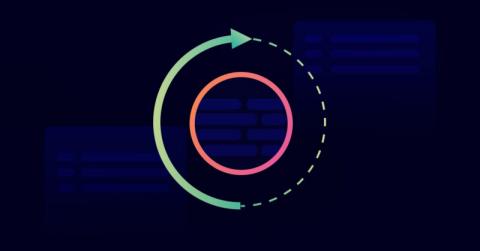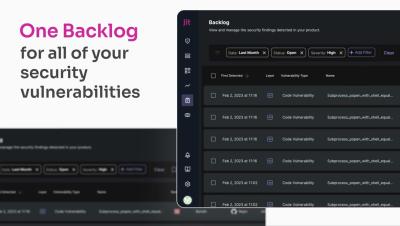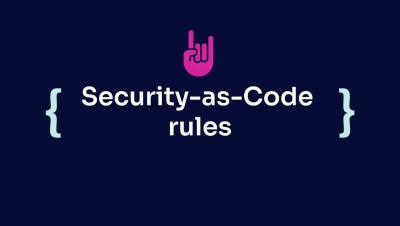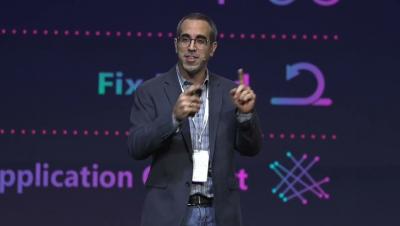Security | Threat Detection | Cyberattacks | DevSecOps | Compliance
DevSecOps
Secrets to Enhancing Your DevSecOps Strategy
Building a successful DevSecOps strategy based on collaboration is key to its success. First, what is DevSecOps? It’s is a practice that combines development, security and operations. It is an extension of DevOps and it advocates for integrating security at the outset of the development process–instead of waiting until the end.
The 7 DevSecOps Concepts & Principles To Ace for True DevSecOps
Three expert tips for cultivating secure software development practices
We often hear about the importance of DevSecOps — integrating security into DevOps processes. But as many security professionals know, it’s not nearly as easy as it sounds. Cultivating secure software development practices requires working alongside developers with varying opinions, priorities, and idiosyncrasies. And any process involving humans is complicated. So, how do today’s security teams overcome these challenges and make secure software development practices a reality?










